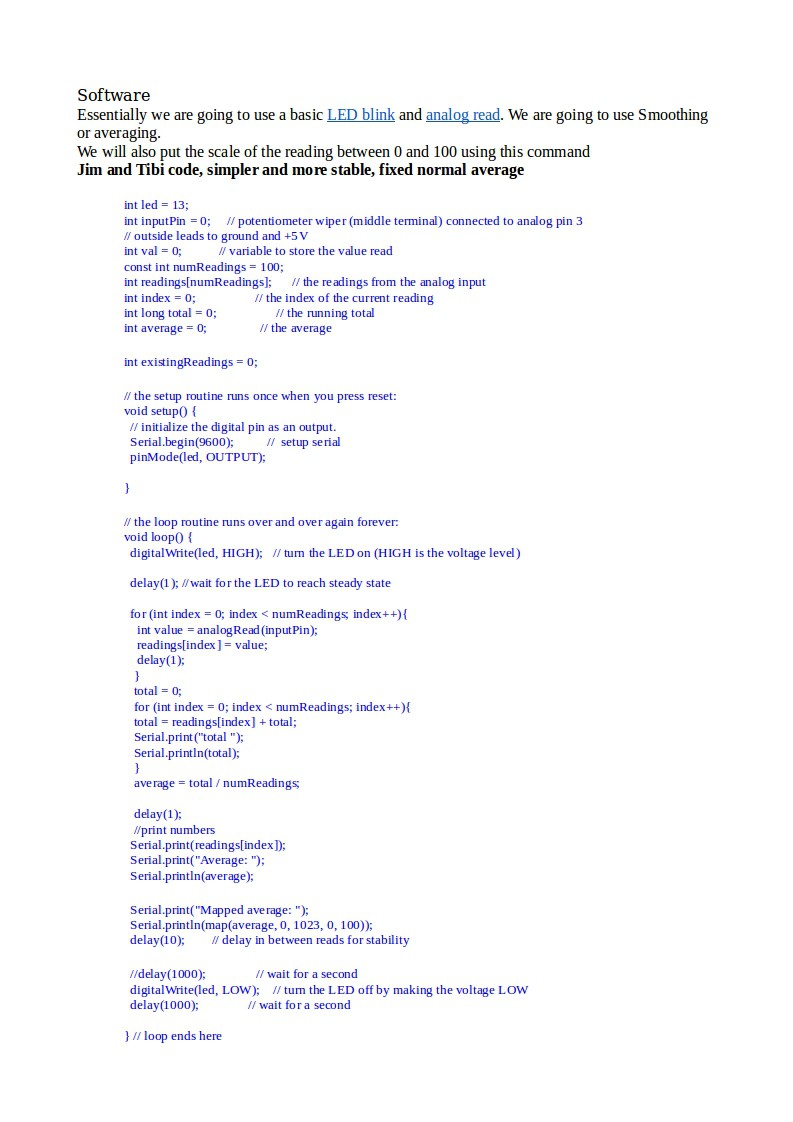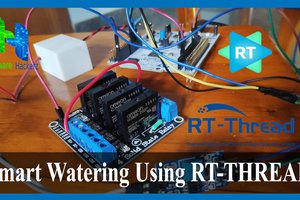The Market for Precision Agriculture is expected to grow at 12.5% over the next 6 years, to a 4.5 billion dollar industry. Only 5% of Agricultural Professionals in the United States employ a moisture sensor. Professionals that employ moisture sensors enjoy a reduction of anywhere between 40%-70% of water usage due to irrigation activities. We protect our innovations it with Creative Commons, Share and Share alike, which prevents anyone from closing this innovation, we are able to maximize value by easily putting it to the hands of as many people as possible. With climate change, we are experience a rapid increase in meteorological volatility, where there is going to be a higher probability of droughts. Agricultural Professionals will need tools to help them employ limited fresh water resources, while reducing waste, and preserving this precious resource.
The Optical Soil Moisture Meter is the only, optical fiber sensor, besides Fiber Braggs that can be employed in the analysis of moisture content in soils. Our sensor is alot cheaper to produce, as we are just essentially scoring the cladding of a PMMA fiber, compared to scoring the interior of a glass fiber. Our fiber is Open Source and can be produced a lot cheaper, than the conventional Fiber Bragg. Anyone with a rudimentary knowledge of electronics can easily produce it

Here is the methodology in the preparation of the PMMA fiber.

This our first trial.










 Bruce Merlo
Bruce Merlo

 Guillermo Perez Guillen
Guillermo Perez Guillen
 VarunPandithurai
VarunPandithurai

 Claudio G. Hutte
Claudio G. Hutte
This project is still in prototyping stage.